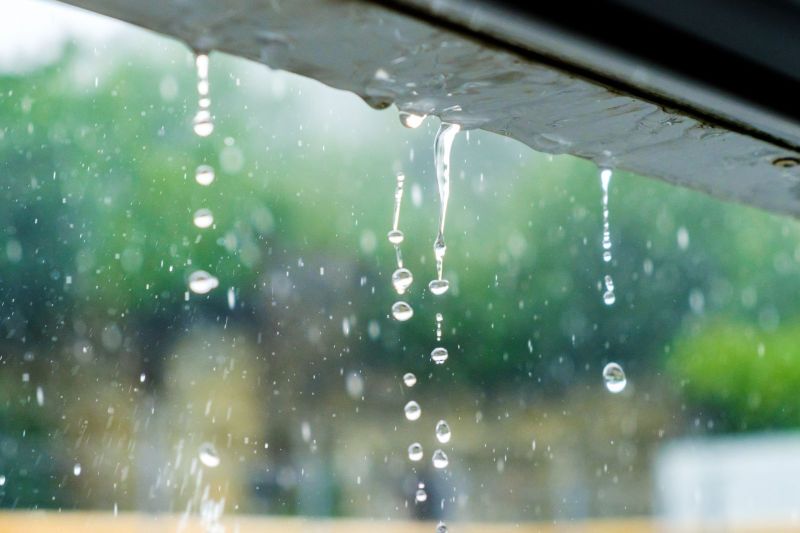Storms can wreak havoc on our homes and properties, leaving behind a trail of destruction and damage. From high winds and heavy rain to hail and lightning, the forces of nature can be relentless. When faced with storm damage, it is essential to take immediate action to ensure the safety of yourself and your loved ones, as well as to minimize further harm to your property. In this article, we will outline the essential steps for a quick recovery from storm damage, helping you navigate the aftermath with confidence and efficiency.
Assess the Safety Risks
Before you begin any cleanup or restoration efforts, it is crucial to assess the safety risks associated with the storm damage. Inspect your property for any structural damage, downed power lines, or hazardous materials that may pose a threat. If you suspect any risks, evacuate the premises and contact the appropriate authorities for assistance. Your safety should always be the top priority.
Document the Damage
Once it is safe to do so, carefully document the storm damage by taking photographs or videos. This documentation will serve as evidence for insurance claims and can help you in the restoration process. Make sure to capture images of all affected areas, including both interior and exterior damage. It is advisable to keep a record of any personal belongings that were damaged or destroyed as well.
Contact Your Insurance Company
Notify your insurance company as soon as possible to report the storm damage. Provide them with the detailed documentation you have collected, including photographs, videos, and any other relevant information. Familiarize yourself with your insurance policy and understand the coverage you have for storm-related damage. Ask your insurer about the specific steps you need to take to file a claim and what supporting documentation they require.
Mitigate Further Damage
Take immediate steps to mitigate any further damage to your property. This may involve temporary repairs, such as covering broken windows, tarping damaged roofs, or boarding up exposed areas. By preventing additional water intrusion or further structural compromise, you can help minimize the extent of the damage and potentially reduce repair costs.
Seek Professional Assistance
In most cases, it is advisable to seek professional assistance for storm damage restoration. Contact reputable and licensed contractors who specialize in handling storm-related repairs. They have the expertise, experience, and equipment necessary to assess the damage accurately and perform the required restoration work safely and efficiently. Obtain multiple quotes from different contractors, compare their services and prices, and select the one that best suits your needs and budget.
Prioritize Immediate Repairs
Once you have chosen a contractor, prioritize immediate repairs to ensure the safety and habitability of your property. Address any structural issues, such as roof leaks, damaged windows, or compromised foundations, as they can lead to further problems if left unattended. It is essential to follow local building codes and regulations during the repair process to ensure compliance and the long-term durability of the repairs.
Assess Water Damage and Mold Growth
Storms often result in water intrusion, which can lead to extensive damage and promote the growth of mold and mildew. Thoroughly inspect your property for signs of water damage, such as damp walls, warped floors, or musty odors. If you notice any indications of water damage or mold growth, consult with a professional restoration company that specializes in water damage remediation. They will have the necessary expertise and equipment to identify and address hidden moisture issues.
Restore Landscaping and Outdoor Areas
Don't overlook the importance of restoring your landscaping and outdoor areas affected by the storm. Fallen trees, broken branches, and debris can pose hazards and impede the recovery process. Clear your yard of any fallen trees or debris, and assess the damage to your landscaping. Consult with professional landscapers or arborists to safely remove damaged trees or restore your outdoor spaces to their pre-storm condition.
Recovering from storm damage requires a systematic approach and timely action. By following these essential steps, you can effectively navigate the aftermath of a storm and restore your property to its former state. Remember to prioritize safety, document the damage, contact your insurance company, mitigate further damage, seek professional assistance, prioritize immediate repairs, address water damage and mold growth, and restore your landscaping and outdoor areas. With these measures in place, you can ensure a quicker and more efficient recovery process, helping you move forward and rebuild after the storm.

